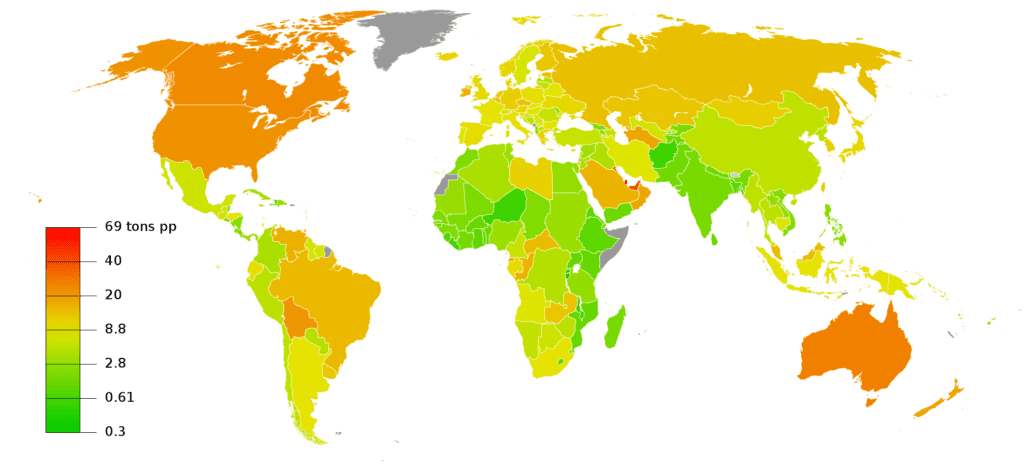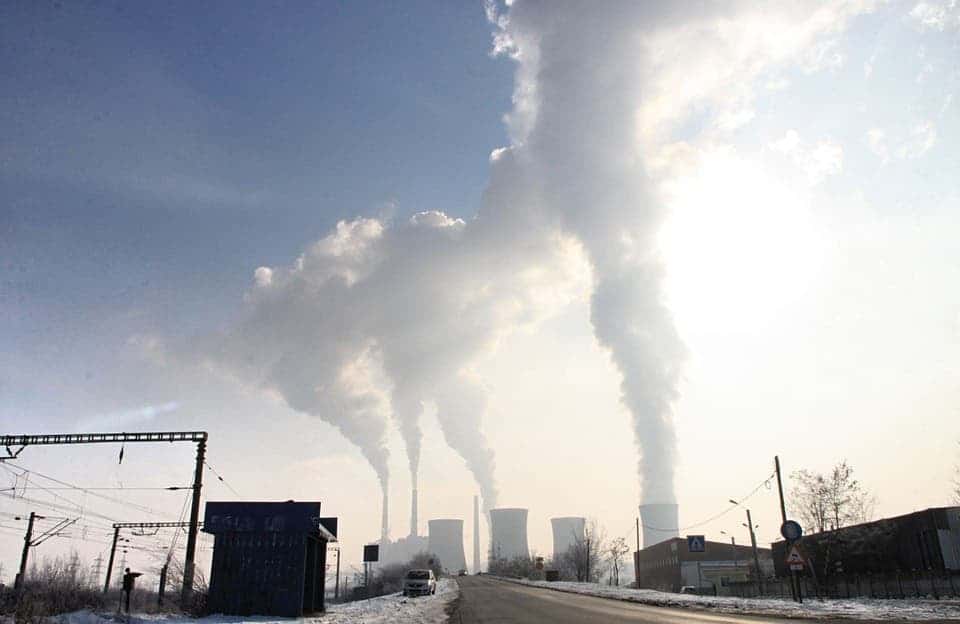A new study found that the US isn’t carrying its own weight.
“We will likely fall short without additional policies,” said lead author Jeffrey Greenblatt of the Lawrence Berkeley National Laboratory.
Countries and climate

If we want to reduce global warming and create a sustainable future for our planet, the big players have to lead the way. President Obama formally entered the United States into the Paris Agreement earlier this month and has been an ardent supporter of a climate agreement. The treaty he signed commits the United States to reducing emissions by 26–28% of 2005 levels by 2025. But as more and more countries sign the treaty, the question starts to shift. It moves from “Who signed it?” to “Are the countries on track to keep their goals?”. For the US, it seems like the answer is ‘no.’
Jeffery Greenblatt and Max Wei of the Lawrence Berkeley National Laboratory did the math. They analyzed the United States’ current range of proposed and implemented policies and laws (spanning the energy, transport agriculture and building sectors) and calculated how emissions will be affected.
“They said we’re going to make a 26-to-28 percent reduction, and here are the different ways we’re going to do that,” said Greenblatt in an interview. “We’re going to pass the Clean Power Plan, improve the efficiency of heavy duty trucks…We just looked at each of those policies, and did the best we could to look at what the impact of any of them would be.”
It’s not even easy to calculate how much the US would have to reduce its emissions. Calculating the total emissions from a large country is challenging. They found that the US would have to reduce its emissions by the equivalent of 4.553 billion to 5.478 billion tons of CO2. They also estimate that the country will fail by 356 million tons if we’re lucky, or 924 million tons if we’re a bit more pessimistic. It’s a broad range, but even in the best scenario, it’s not good.
Methane and CO2
So why is the US failing?

The bulk of global warming is caused by CO2 emissions. Carbon dioxide is a greenhouse gas, and the world is emitting over 35,000 million tons of CO2 each year.
The US is the second largest emitter of greenhouse gases after China, but the per capita statistics tell an even worse story. After the oil-rich Arab countries, only Australia has higher per-capita emissions than the US. The European Union, despite having a much higher population than the US, emits much less, so there’s a lot of room to improve.
If we want to target climate change, this is where we have to strike: reducing CO2 emissions. However, while several measures target CO2 emissions, politicians are really wary of addressing the elephant in the room: a carbon tax. Carbon taxes are cost-effective and efficient means of reducing greenhouse gas emissions, but they are strongly opposed by many industry groups.
Methane is another significant greenhouse gas. Basically, America is emitting much more methane than we previously thought. Earlier this year, the U.S. EPA increased its estimate for how much methane is being emitted by the oil and gas sector, and the study had similar conclusions.
“We made some corrections to the 2005 and 2025 estimates for methane,” says Greenblatt. In particular, he said, in 2005 these changes added 400 million additional tons of carbon dioxide equivalents emitted as methane.
It’s not all bad
All in all, both problems are addressed, but not quite enough. Still, the US is taking some steps in the right direction, and they’re certainly not the only country which will experience difficulties in achieving their goals.
“There is certainly need for further policy action,” Greenblatt concluded. But he added, “I think the U.S. should be complimented. They set their own target and they set out a path to meet it as best they could. I think if they need to work a little harder, that’s not an unexpected outcome.”
We can make it work – we just have to try a little harder.


